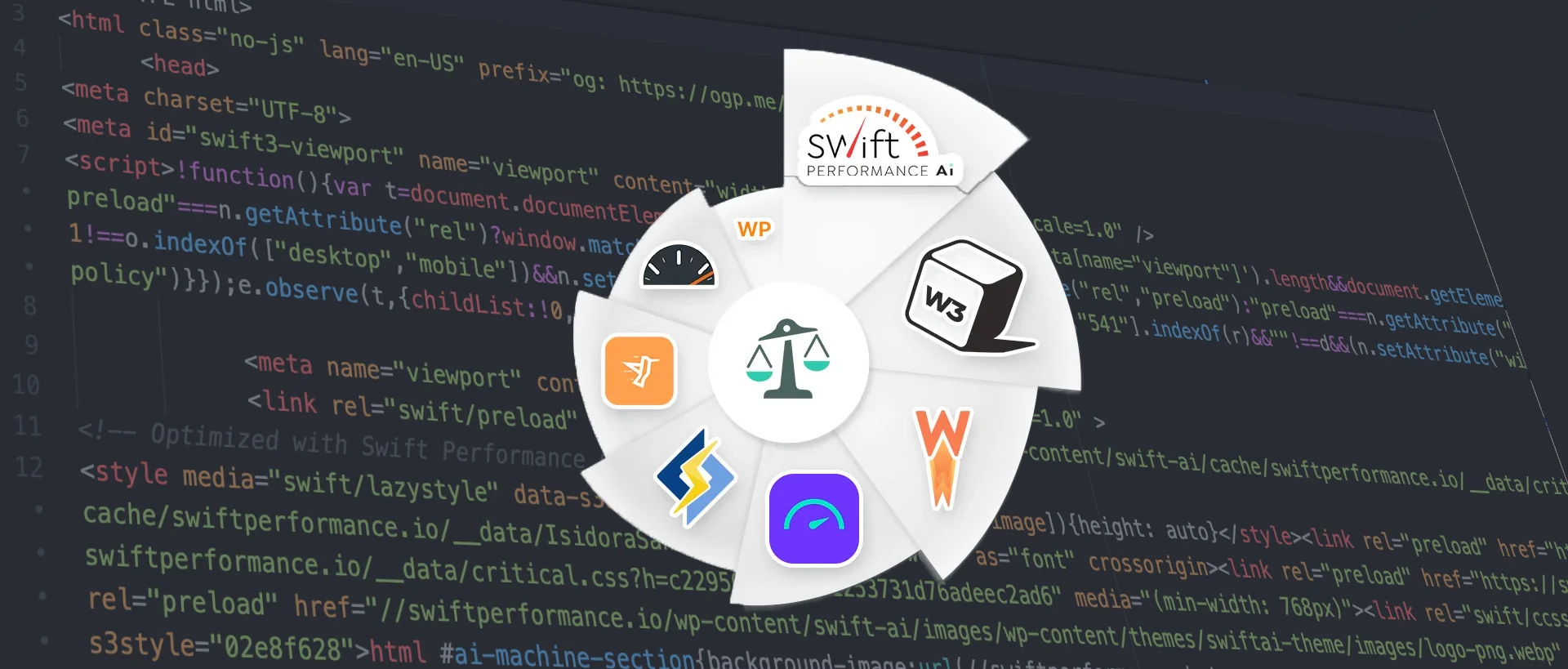In November 2020, Google announced that starting from mid-June 2021 Core Web Vitals will become ranking signals. This update will combine the newly introduced web vitals with already existing UX-related signals, such as:
- mobile-friendliness
- safe-browsing
- HTTPS security
- intrusive interstitial guidelines
Below, we are going to take a sneak peek at the changes the new update is expected to bring. Let’s get into it.
Wait a minute! What are Core Web Vitals exactly?
Core Web Vitals were designed with the purpose to measure the experience of users who interact with a web page. These measures target the speed, responsiveness, and visual stability of web pages.
Specifically, these are the 3 measures defined as Core Web Vitals:
- Largest Contentful Paint: This measures the time the web page needs to load the main content. The ideal LCP of a page is 2.5 seconds or faster.
- First Input Delay: This Core Web Vital reflects on the time it takes for a web page to become interactive. The ideal time is 100 ms.
- Cumulative Layout Shift: Last, but not least, the Cumulative Layout Shift shows the amount of unexpected layout shift of visual content on a web page. In this case, the ideal measurement is less than 0.1.

New Labels Added in Search Results
Based on the previous announcement, Google may also introduce new labels in search results. The role of these additions is to inform the user about the results that provide a good page experience.
To get this label, your web page has to meet all the user experience criteria we discussed above.
Obviously, not all pages would be able to qualify for this label, and this is exactly what can help your page stand out.
A study published in August 2020 reveals that less than 15% of websites can pass the Core Web Vitals assessment. Undoubtedly, if you can fit your web page in that percentage, that is a great advantage when it comes to ranking.
To meet these criteria, site owners already started to take steps towards improving the optimization of their web pages. For example, many are relying on Search Console’s Core Web Vitals report. This report provides site owners more information on the page experience from the user’s perspective and identifies opportunities for potential improvements.
Google reports show a median 70% increase in the number of users who engage with Page Speed Insights or Lighthouse to evaluate page experience metrics.
Also, to measure all Core Web Vitals, Google recommends the use of AMP to site owners. This tool is a simple and cost-effective option to optimize for page experience signals. Last but not least, based on Google reports, AMP sites tend to achieve a great page experience.
Non-AMP pages appearing in Top Stories
Alongside the announcement of Core Web Vitals becoming ranking signals for page experience, Google has also made an important announcement considering non-AMP pages.
Based on a new update rolling out at the same time as the page experience signal update, as of May 2021 non-AMP pages will become eligible to appear in Top Stories.
This basically means two things:
- Pages that meet the Google News content policies will appear in the Top Stories
- Pages offering a superior experience will be subject to prioritization in ranking

Conclusion
As user expectations of web pages continuously change, so are Core Web Vitals subject to periodic changes. The updates rolling out this May have undoubtedly a significant impact on ranking, but one thing is sure: more changes are coming in the following period.








